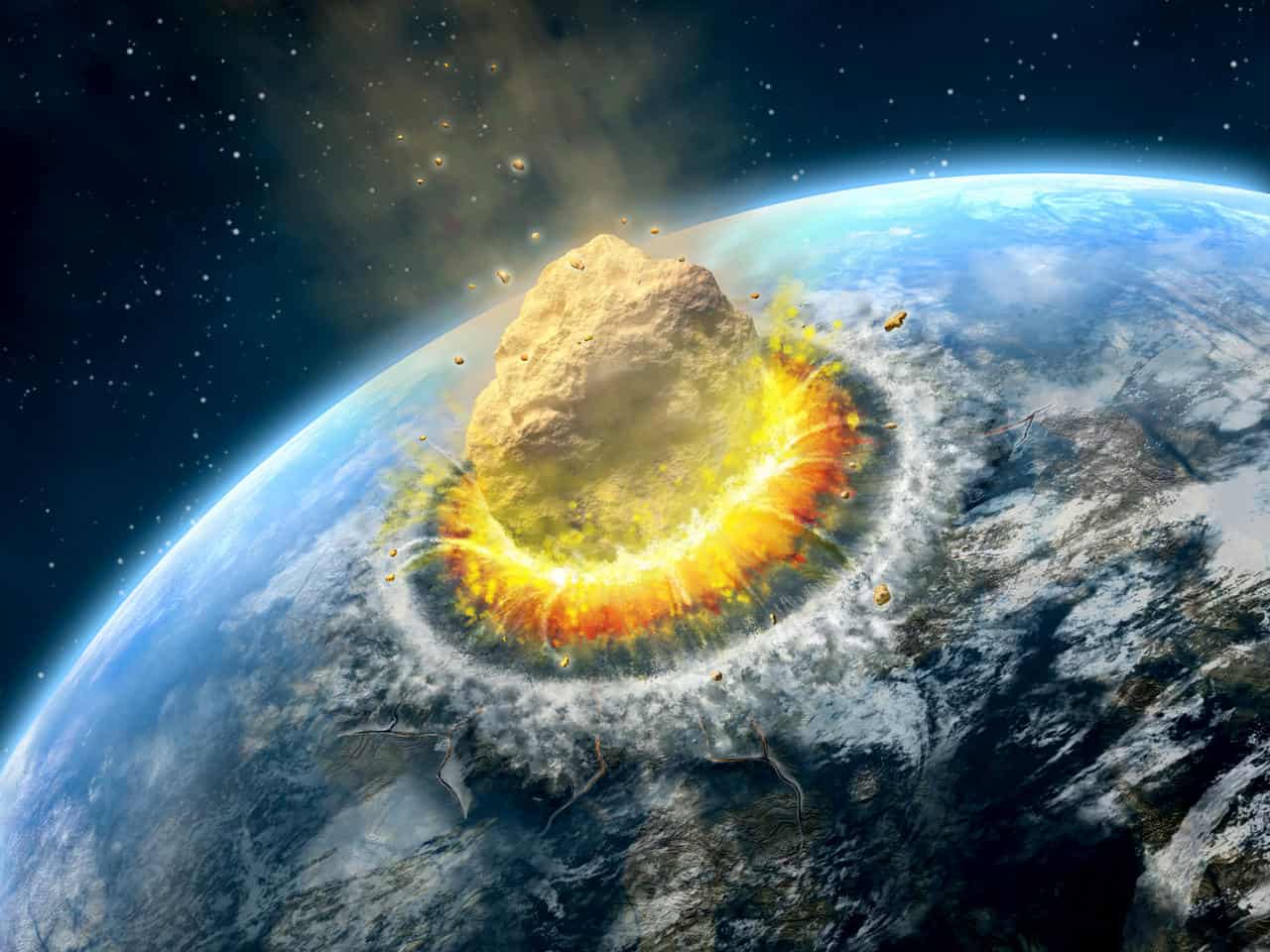What Really Happened to Sodom and Gomorrah? The discovery of the archaeologists
Research showed that an asteroid completely destroyed a significant population in today's Jordan and this could be related to the "rain of fire" of the biblical cities of Sodom and Gomorrah. He tells it BibliaTodo.com.
“The sun was rising over the earth and Lot had reached Zoar, 24 when the Lord rained sulfur and fire from the Lord from heaven on Sodom and Gomorrah. 25 He destroyed these cities and the whole valley with all the inhabitants of the cities and the vegetation of the ground. 26 Now Lot's wife looked back and became a pillar of salt.
27 Abraham went early in the morning to the place where he stood before the Lord; 28 He looked down upon Sodom and Gomorrah and the whole expanse of the valley, and saw that smoke was rising from the earth like the smoke of a furnace.
29 Thus, when God destroyed the cities of the valley, God remembered Abraham and made Lot escape the catastrophe, while destroying the cities in which Lot had lived "- Genesis 19, 23-29
The famous biblical passage narrating the destruction of Sodom and Gomorrah by the wrath of God could be inspired by the fall of a meteorite that destroyed the ancient city of Tall el-Hammam, located in the present territory of Jordan around the year 1650 before Christ.
The study by a group of archaeologists recently published in the journal Nature explains that an asteroid would have exploded near the city, instantly killing everyone with a drastic rise in temperatures and a shock wave greater than one would generate atomic bomb like the one dropped on Hiroshima During the Second World War.

The impact "would have occurred about 2,5 miles from the city in an explosion 1.000 times more powerful than the atomic bomb used in Hiroshima," writes the study's co-author Christopher R. Moore, archaeologist at the University of South Carolina.
“The air temperature quickly rose above 3.600 degrees Fahrenheit… clothes and wood immediately caught fire. Swords, spears and pottery began to melt ".
Because the researchers could not find a crater at the site, they concluded that the powerful wave of hot air matched that generated when a meteor travels through Earth's atmosphere at high speed.
Finally, the study reports that during archaeological excavations in the area "unusual materials such as molten clay for roofing, molten ceramic, ash, coal, charred seeds and burnt fabrics were found."